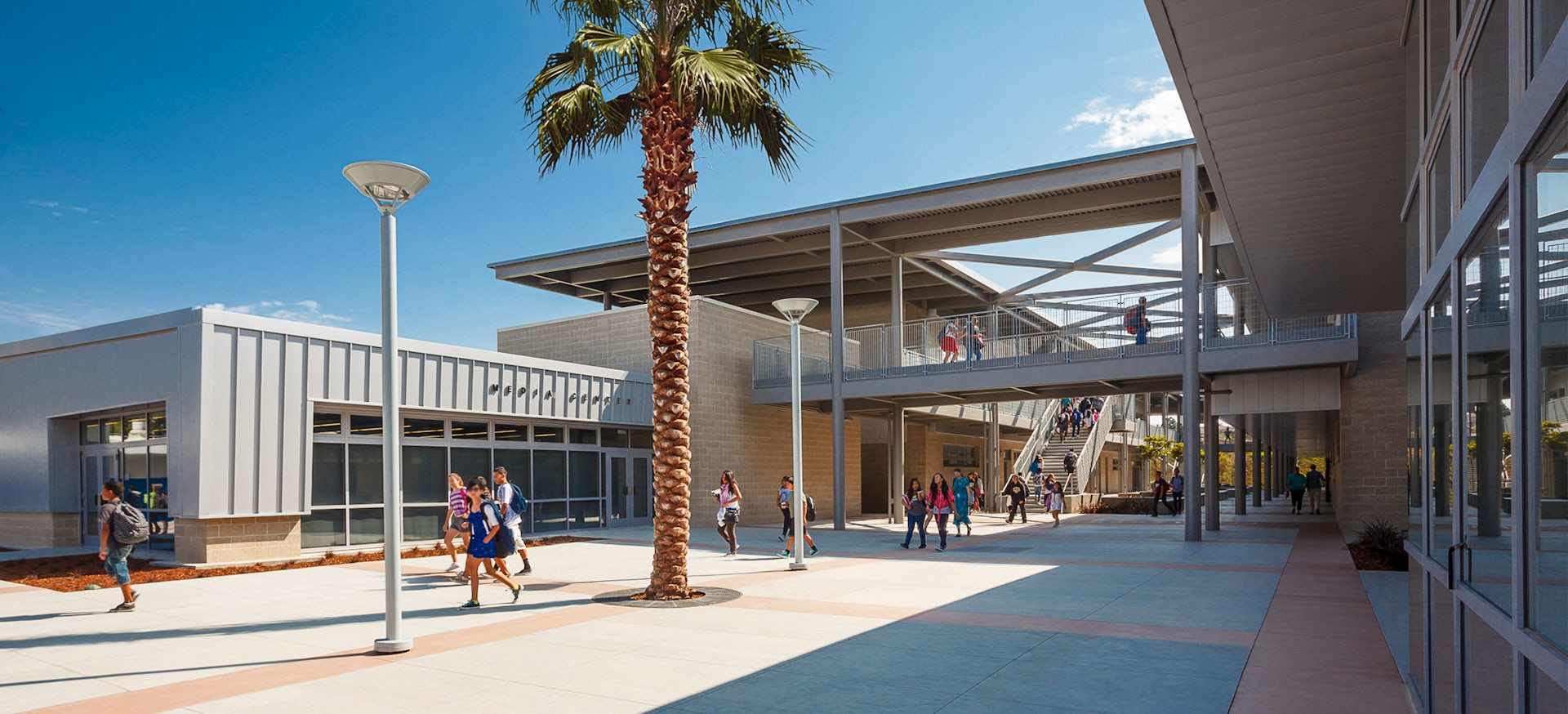With strategic design solutions, high-performance schools not only benefit in terms of the return on investment from an energy standpoint but also contribute to improved students learning outcomes, sustainable attitudes and behaviors, health, and well-being. A net zero school is highly energy-efficient and produces at least as much energy (from onsite renewable sources) as it consumes over the course of a year, while also educating and involving students in the process. The conversation around net zero schools is moving beyond just low-energy designs to exploring high-performance designs that have a holistic positive impact on occupants. In fact, a school’s energy-efficient design itself can serve as a valuable teaching tool to educate students and the local community.
With net zero design elements on display, occupants and visitors learn about the importance of sustainability and develop the caring and competencies needed to collaboratively address systems-level environmental challenges.
A comprehensive literature review has revealed seven design elements that are commonly found in net zero schools and directly or indirectly impact learning outcomes. Net zero facilities result in net positive educational settings. This “age of innovation” has the potential to be “the age of restoration.”



